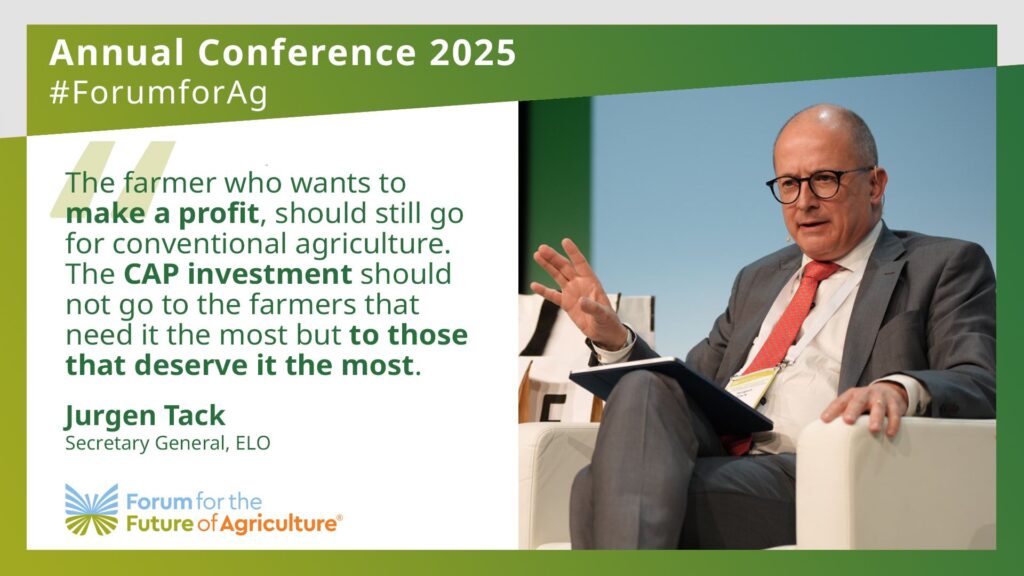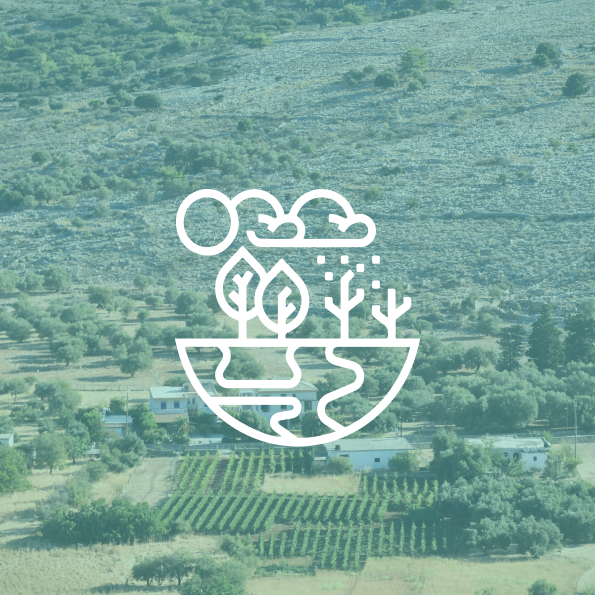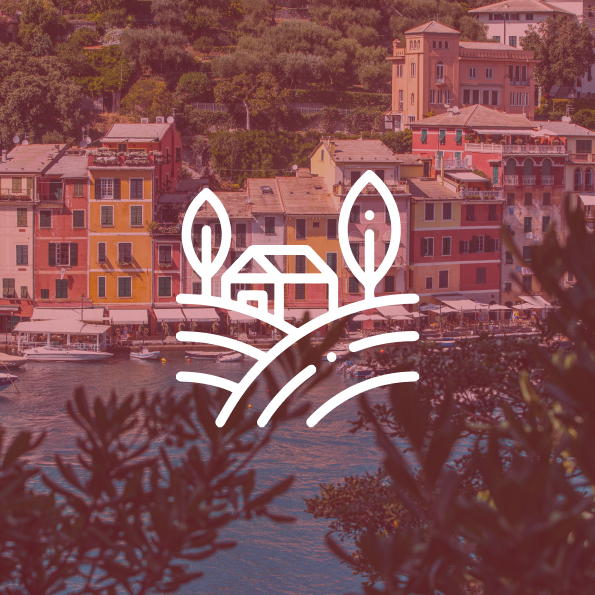Key Insights from Jurgen Tack's Address at the Forum for the Future of Agriculture Annual Conference

Dr. Jurgen Tack, Secretary General of ELO, was on stage during the final conference of the Forum for the Future of Agriculture on April 1st. Jurgen surprised audience and fellow speakers during session two of the Annual Conference, called “Financing the transition – climate, nature and farm profitability“.
We invite you to watch the full panel discussion or read a compehensive summary of what he said to gain deeper insights into his perspectives and contributions to the discussion.
Introduction
“With over 24 hours of sunshine in Brussels this week, it’s clearly the season for spring sales. I’ve made some good green deals myself and brought along six wheat samples from different farms
- Farms A, B, and C: Small farms (9–40 hectares)
- Farms D, E, and F: Large farms (1,000–2,000 hectares)
All these farms are ELO members, but I’ll keep their names confidential to stay on everyone’s good side!
Subsidy realities
Small farms typically receive higher subsidies per hectare, though Farm B lost its subsidy eligibility after the farmer ceased full-time farming.
Three farming methods, different realities:
- Conventional Farms (A & D): Use pesticides, herbicides, fertilizers. Farm D invests heavily in technology (drones, precision agriculture), making it highly cost-effective. Farm A lacks funds for similar investments.
- Organic Farms (B & E): Farm B (small, 9 hectares) aimed to prove sustainability is viable, but the farmer couldn’t maintain profitability and eventually returned to his conservation agency job. Farm E (large, 2,000 hectares) successfully manages large-scale organic farming but struggles with disappearing premium pricing.
- Regenerative Farms (C & F): Actively enhance soil health and sustainability through no-till, carbon storage, and biodiversity practices. The large-scale Farm F is efficient thanks to specialized equipment, whereas the smaller Farm C faces higher labor intensity.
Economics at a glance
Profit challenges: small organic and regenerative farms face minimal profit margins due to high labor demands and unstable premium prices.
Best market price per hectare: small organic farm (direct local sales)
Most cost-effective: large conventional farm using technology (Farm D)
The big conclusion
Today conventional farming is still the most profitable. Meanwhile, those investing significantly in nature and sustainability often lack sufficient financial rewards. The next CAP reform should shift subsidies from those who need it the most to those who deserve it the most.
What are the solutions?
Using soil quality as an indicator could effectively measure true sustainability impacts, ensuring CAP funds reward real contributions to environmental farming. Let’s move beyond the small vs. large farm debate. The future of agriculture lies in supporting farmers genuinely dedicated to sustainable, impactful farming.”



